A Collection of Medals to The Royal Engineers The unique M.G.S. and N.G.S. pair awarded to Major-General Sir William Reid K.C.B., K.C.M.G., Governor of Malta, heroic veteran of countless sieges and battles with the Royal Engineers in the Peninsula and at Algiers Military General Service 1793-1814, 8 clasps, Ciudad Rodrigo, Badajoz, Salamanca, Vittoria, St. Sebastian, Nivelle, Nive, Toulouse (Lieut., R. Engrs.); Naval General Service 1793-1840, 1 clasp, Algiers (Capt., R. Engrs.), both fitted with silver riband buckles, toned, good very fine (2) £8000-10000 Footnote See Colour Plate II William Reid who was born at Kinglassie, Fifeshire on 25 April 1791, the eldest son of a Scottish clergyman, was educated at Edinburgh Academy and the Royal Military Academy, Woolwich. And having studied practical surveying under Colonel William Mudge, he was commissioned into the Royal Engineers on 10 February 1809. Advanced to Lieutenant in April 1810, he joined Wellington's Army at Lisbon and following duty in constructing the defences at Torres Vedras, he took part in the siege of Badajos in April 1811. In the following month Reid was wounded in the knee when the enemy garrison made a daring sortie but his ‘gallant part in the encounter’ was duly noted by Lieutenant-Colonel Harcourt of the 40th Regiment. During the second siege, which was raised in June, Reid saw service in the trenches, and towards the end of the year he participated in the expedition under General Don Carlos D'Espagne, who commended Reid's 'zeal and skill' to Wellington, who in turn mentioned him in despatches. At the start of 1812, Reid was again wounded, this time by a bullet in the leg, during the successful assault that concluded the siege of Ciudad Rodrigo. Reid carried the bullet with him for the rest of his life, as it was never extracted. Soon after he was ordered back to Elvas for the third siege of Badajos which was taken by assault on 6 April. Reid's early and distinguished service was so highly regarded, that Lieutenant-Colonel Sir Richard Fletcher, R.E., felt compelled to write to the Inspector-General of Fortifications, and recommend him for immediate promotion to the rank of Brevet Captain. However, this, in the Royal Engineers, where promotion was strictly by seniority, was without precedent, and Fletcher's recommendation fell on deaf ears. In fact another seventy odd years were to pass before an R.E. subaltern was promoted out of turn, and then the honour fell to none other than Lieutenant Chard of Rorke's Drift fame. In June 1812, Reid was engaged in the sieges of the Salamanca Forts and made a gallant but unsuccessful attempt to blow in a section of Fort San Vincento's counterscarp. On 23 June, he commanded a daring but costly assault by escalade in which 120 men were either killed or wounded. In the Orders of the 6th Division, Sir Henry Clinton, acknowledged Reid's 'zeal and conspicuously gallant conduct', and he was once more brought to Wellington's attention. On 22 July Reid took part in the Battle of Salamanca and entered Madrid with the Army on 12 August. At the siege of Burgos, he was involved in an unsuccessful assault by escalade and fell ill before the siege was raised on 21 October. The next year, he was present at the battle of Vittoria, and greatly impressed General Alten of the Light Division, who wrote to Sir Richard Fletcher, stating how Reid, on 18 June, had reconnoitred a French Division on the march and had 'directed the movement of three rifle companies in such an able and spirited manner', that he could not help, 'ascribe in a great part, the success of the day to it.' In the battle of the 19th, 'he was constantly employed in rendering himself useful, exposing himself to the hottest fire, and had his horse killed under him.' His conduct at the siege of San Sebastian, however, was even more conspicuous when, on 25 July, he blew the counterscarp before dawn, and took part in the unsuccessful assault which followed. During the attack, h
A Collection of Medals to The Royal Engineers The unique M.G.S. and N.G.S. pair awarded to Major-General Sir William Reid K.C.B., K.C.M.G., Governor of Malta, heroic veteran of countless sieges and battles with the Royal Engineers in the Peninsula and at Algiers Military General Service 1793-1814, 8 clasps, Ciudad Rodrigo, Badajoz, Salamanca, Vittoria, St. Sebastian, Nivelle, Nive, Toulouse (Lieut., R. Engrs.); Naval General Service 1793-1840, 1 clasp, Algiers (Capt., R. Engrs.), both fitted with silver riband buckles, toned, good very fine (2) £8000-10000 Footnote See Colour Plate II William Reid who was born at Kinglassie, Fifeshire on 25 April 1791, the eldest son of a Scottish clergyman, was educated at Edinburgh Academy and the Royal Military Academy, Woolwich. And having studied practical surveying under Colonel William Mudge, he was commissioned into the Royal Engineers on 10 February 1809. Advanced to Lieutenant in April 1810, he joined Wellington's Army at Lisbon and following duty in constructing the defences at Torres Vedras, he took part in the siege of Badajos in April 1811. In the following month Reid was wounded in the knee when the enemy garrison made a daring sortie but his ‘gallant part in the encounter’ was duly noted by Lieutenant-Colonel Harcourt of the 40th Regiment. During the second siege, which was raised in June, Reid saw service in the trenches, and towards the end of the year he participated in the expedition under General Don Carlos D'Espagne, who commended Reid's 'zeal and skill' to Wellington, who in turn mentioned him in despatches. At the start of 1812, Reid was again wounded, this time by a bullet in the leg, during the successful assault that concluded the siege of Ciudad Rodrigo. Reid carried the bullet with him for the rest of his life, as it was never extracted. Soon after he was ordered back to Elvas for the third siege of Badajos which was taken by assault on 6 April. Reid's early and distinguished service was so highly regarded, that Lieutenant-Colonel Sir Richard Fletcher, R.E., felt compelled to write to the Inspector-General of Fortifications, and recommend him for immediate promotion to the rank of Brevet Captain. However, this, in the Royal Engineers, where promotion was strictly by seniority, was without precedent, and Fletcher's recommendation fell on deaf ears. In fact another seventy odd years were to pass before an R.E. subaltern was promoted out of turn, and then the honour fell to none other than Lieutenant Chard of Rorke's Drift fame. In June 1812, Reid was engaged in the sieges of the Salamanca Forts and made a gallant but unsuccessful attempt to blow in a section of Fort San Vincento's counterscarp. On 23 June, he commanded a daring but costly assault by escalade in which 120 men were either killed or wounded. In the Orders of the 6th Division, Sir Henry Clinton, acknowledged Reid's 'zeal and conspicuously gallant conduct', and he was once more brought to Wellington's attention. On 22 July Reid took part in the Battle of Salamanca and entered Madrid with the Army on 12 August. At the siege of Burgos, he was involved in an unsuccessful assault by escalade and fell ill before the siege was raised on 21 October. The next year, he was present at the battle of Vittoria, and greatly impressed General Alten of the Light Division, who wrote to Sir Richard Fletcher, stating how Reid, on 18 June, had reconnoitred a French Division on the march and had 'directed the movement of three rifle companies in such an able and spirited manner', that he could not help, 'ascribe in a great part, the success of the day to it.' In the battle of the 19th, 'he was constantly employed in rendering himself useful, exposing himself to the hottest fire, and had his horse killed under him.' His conduct at the siege of San Sebastian, however, was even more conspicuous when, on 25 July, he blew the counterscarp before dawn, and took part in the unsuccessful assault which followed. During the attack, h


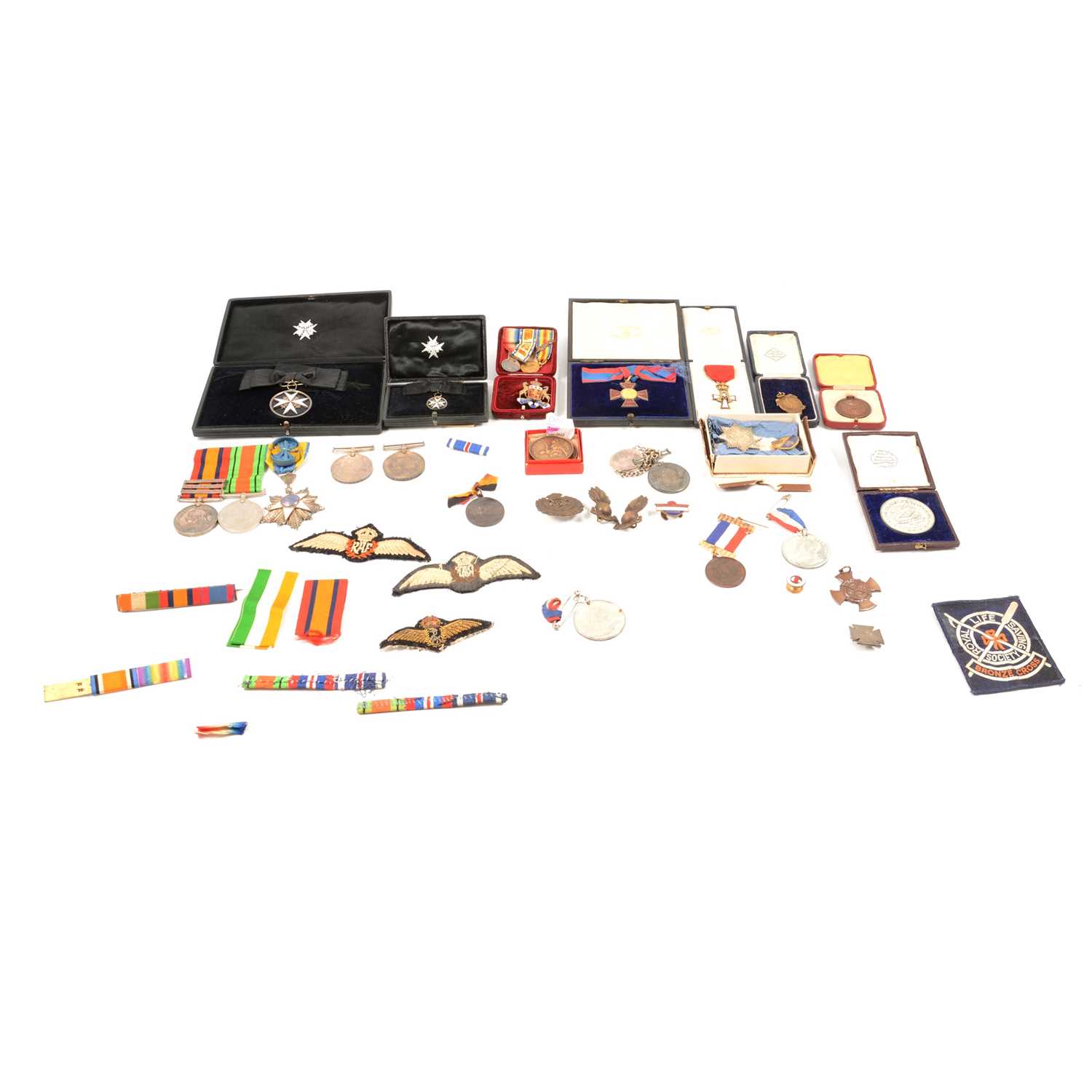
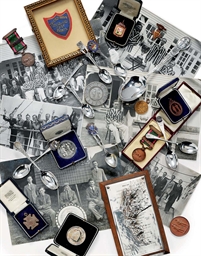
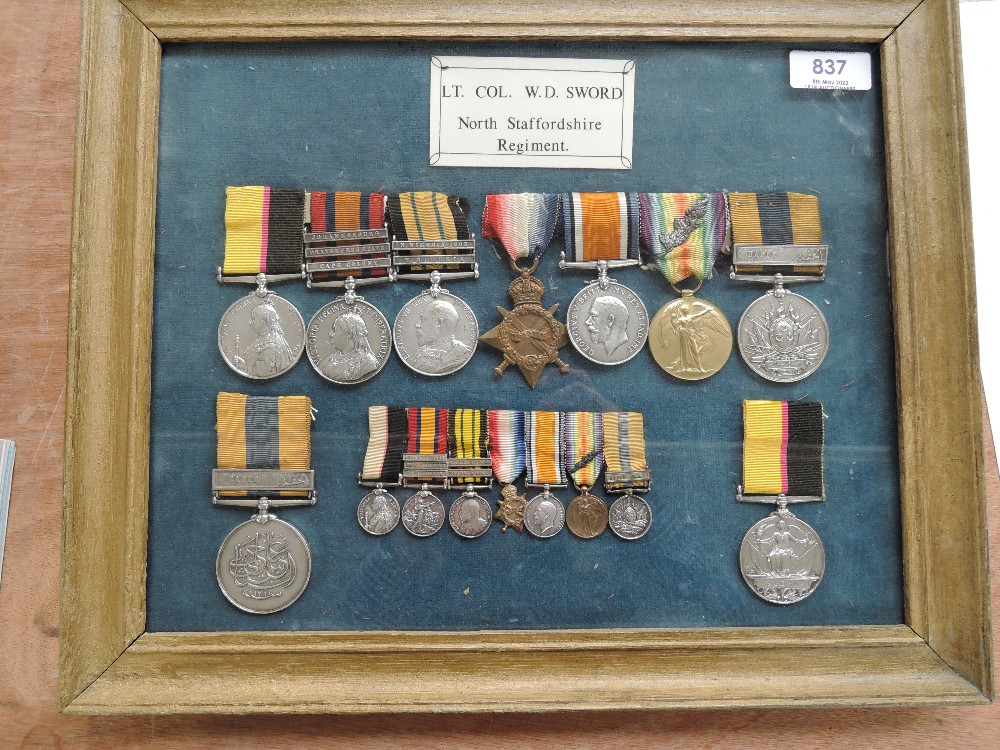
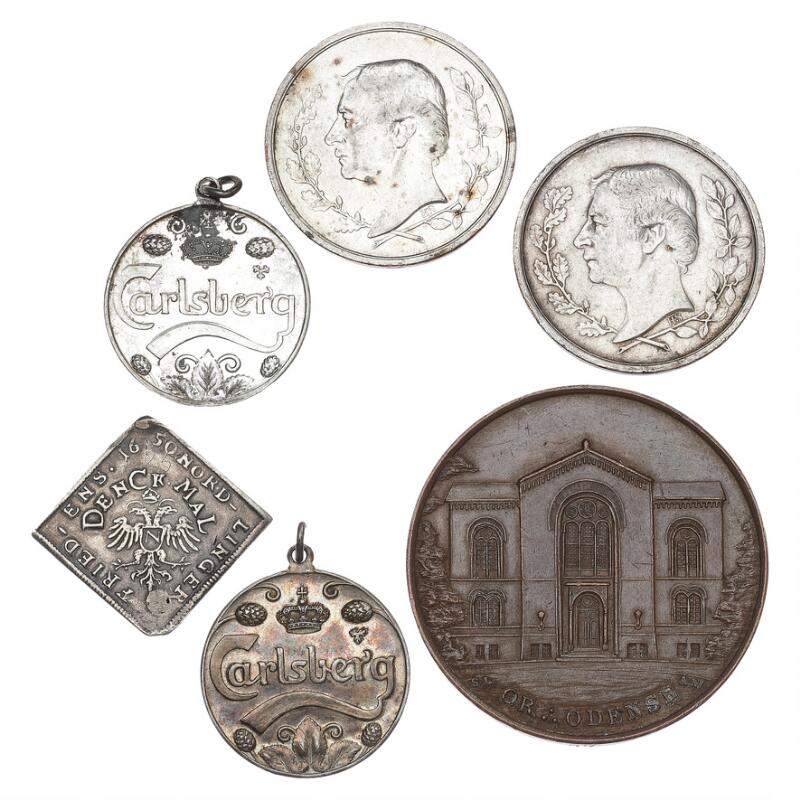




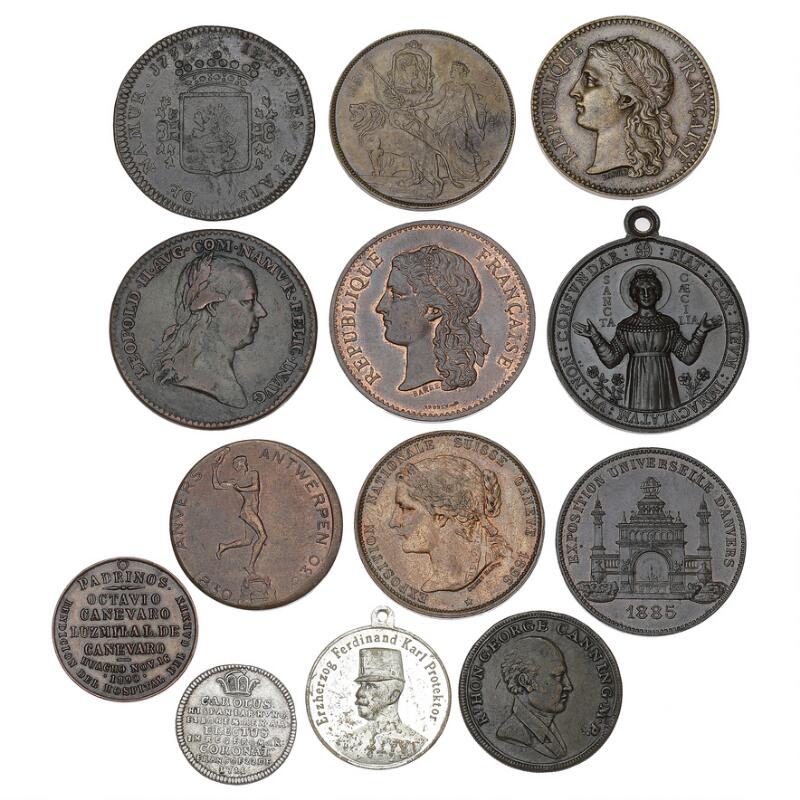
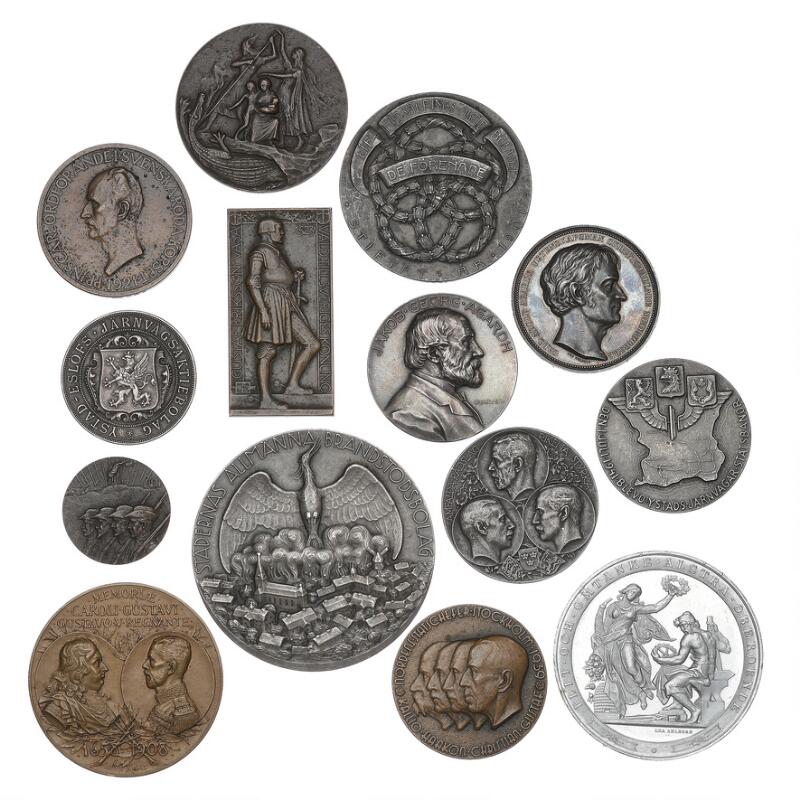



Try LotSearch and its premium features for 7 days - without any costs!
Be notified automatically about new items in upcoming auctions.
Create an alert